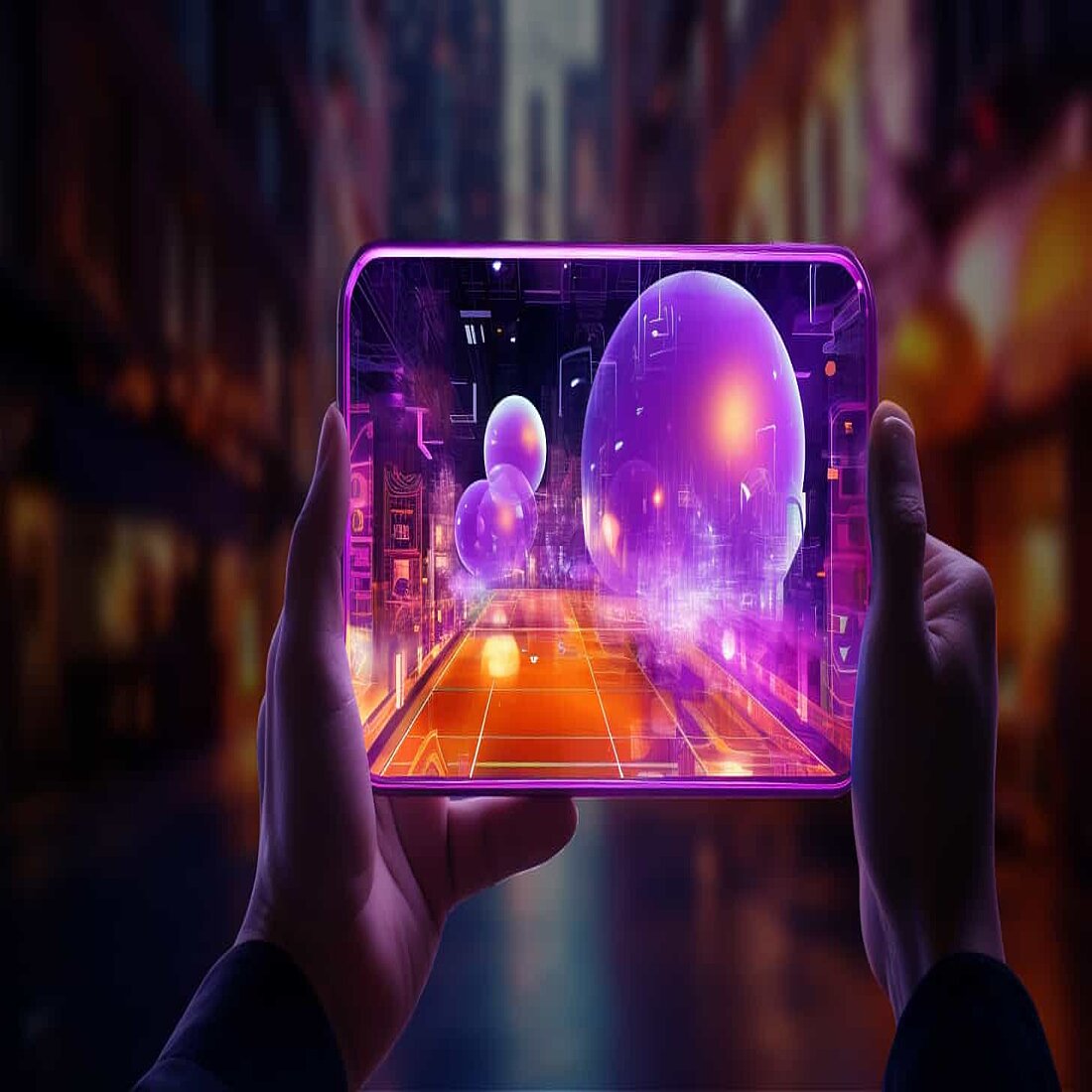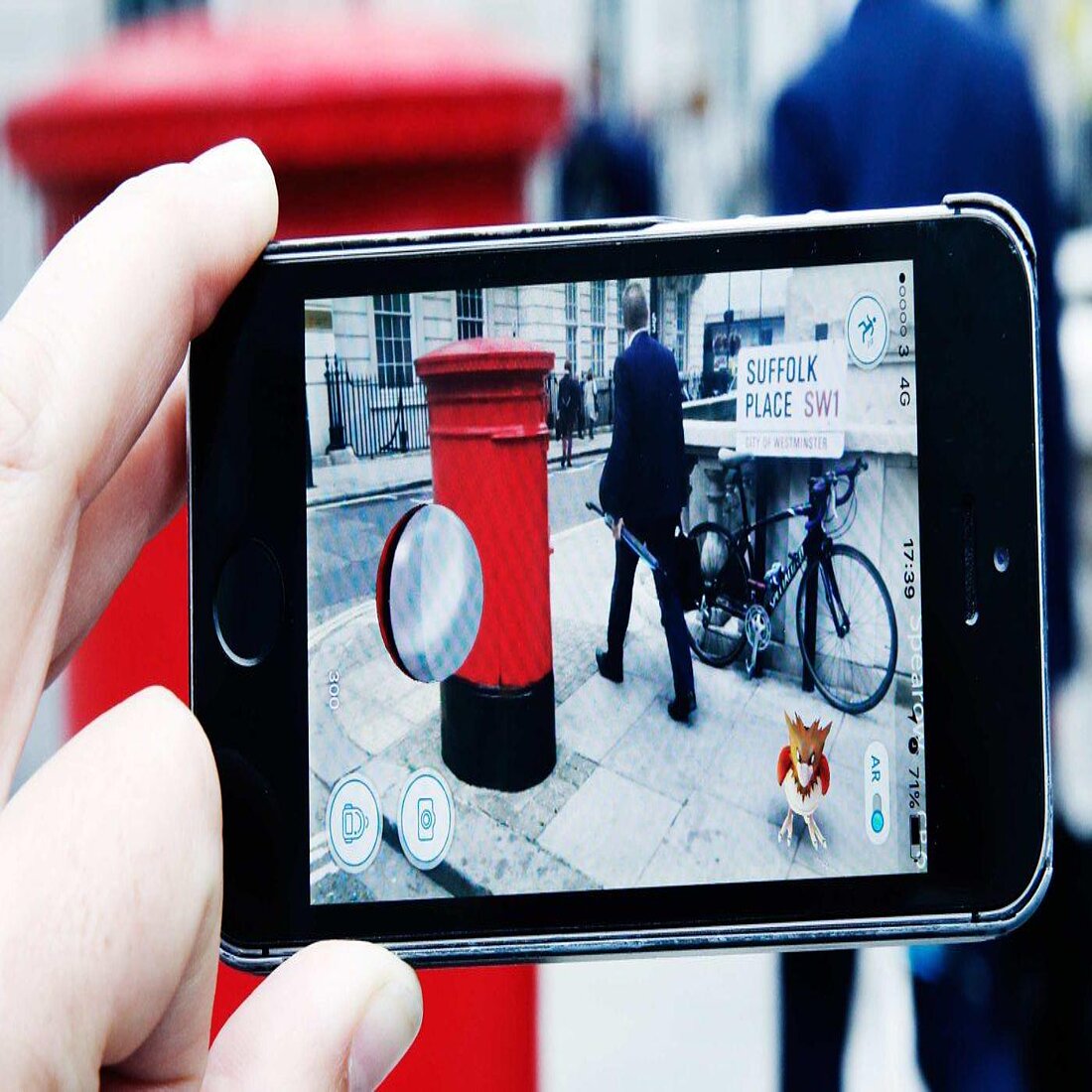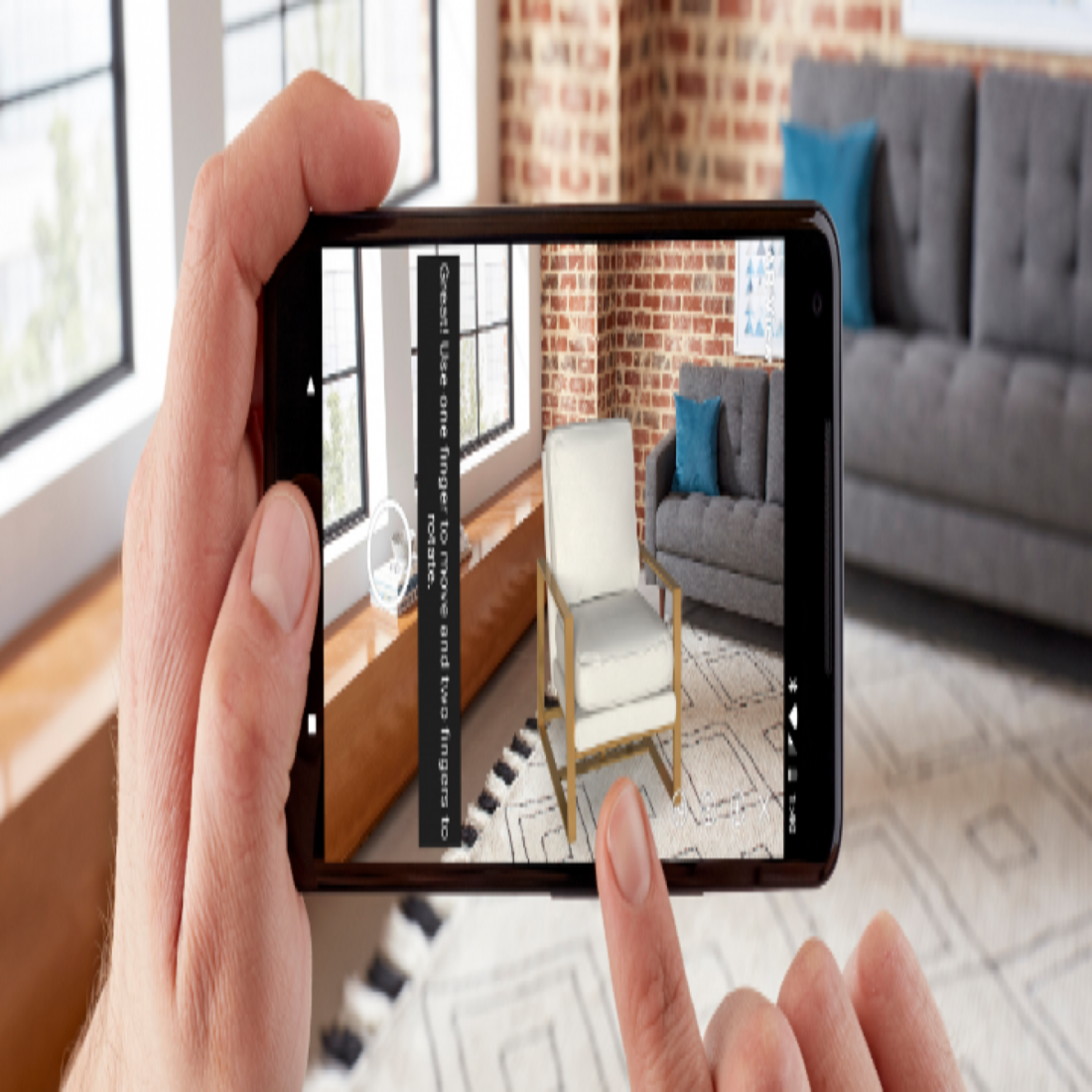
Simon Coulthard April 15, 2022

Consumer behavior is forever shifting, as people look for easier ways to buy good quality products.
Today, they expect more than ever before, and this includes personalized communication, responsive customer service, and ethical business practices.

One powerful driver behind this is technology, which has advanced considerably over the last few decades. This innovation shapes consumer behavior and dictates what companies can and can’t do digitally.
Augmented reality is one such innovation, and its capacity to enrich the shopping experience is having a real impact on consumer behavior.
It is a subject worthy of debate, particularly since it will have a huge bearing on marketing strategies in the near future, if not already.
But what is augmented reality, and how is it affecting customer behavior?
Let’s have a look:
What is Augmented Reality?
Put simply, augmented reality (AR) is an enhanced version of the real world.
This technology takes what we see around us, and superimposes computer-generated content over it, in the form of sound, images, graphics, and locational data.
And, while some might read this and think “novelty”, augmented reality is actually as important an invention as the iPhone. Underpinned by artificial intelligence, it is the gateway to the metaverse, and will go some way to shaping the future of our digital lives.
It’s already big business, but augmented reality is expected to grow into a $250 billion industry by 2028 (Statista). This will be facilitated by the roll out of 5G, which will significantly boost the potential of this technology.
It shouldn’t be confused with virtual reality, which offers a completely digital experience, with viewers blind to the real world around them.
Virtual reality also requires a lot of expensive hardware. By contrast, one of the great things about augmented reality is how accessible it is for consumers, who only need a smartphone with a working camera.
There are now over six billion of these devices in use around the world (Statista), and this means that companies that integrate augmented reality into their marketing strategies can realistically expect consumers to access it.
Unlock Your Website’s True Potential
TWIPLA delivers real-time insights through session recordings, conversion funnels, heatmaps, and more.
Start today with our free forever plan!
Augmented Reality & the Customer Experience
Customer experience - or CX - matters because it dictates the decision-making processes of consumers.
There is a lot of evidence to back this up; 65% of people are more influenced by CX than traditional advertising (PwC), while 74% are more likely to buy by virtue of this factor alone (Forbes).
Ultimately, a great CX will help your company stand out from the competition - it attracts new customers, increases your capacity to retain existing ones, and improves your reputation.
As such, it is considered fundamental to the sustained growth of any business - but what defines a great CX?
Put simply, a great CX is one that puts the customer first, and is designed so that every part of the customer journey is personalized and stress-free. And when it comes to marketing and the internet, companies need to find the best way to bring their products to life.
Augmented reality is great in this regard. The way that it pulls the digital and real world together provides an opportunity for companies to create memorable and immersive experiences for consumers, who will connect with them on a more emotional level.
For instance, instead of simply browsing images of clothes on a website, consumers can virtually walk through the store, select something to try on, and then see what they look like in them.
This technology is fun but still relatively new, novel, and exciting for consumers, and is therefore a great way to increase engagement.
Research backs this up, with AR-powered experiences returning a conversion rate that is 94% higher than traditional marketing (Deloitte).
Real-World Examples of Augmented Reality
Augmented reality has been around for a while, but is probably best known for its use in Snapchat filters and the world of online gaming.

The first example that springs to mind here is Pokémon Go, which became a global sensation in 2016 and attracted 232 million gamers at its peak - generating Nintendo $1.23 billion in 2020 alone.

The younger generation is very much accustomed to seeing augmented reality. An ever-growing proportion of content on Snapchat and Tik-Tok is immersive, and other social media platforms are chasing their success here.
But perceptions that it is mainly for gamers or a young person thing are changing.
Today, its fingerprints can be found all over, from fashion and medicine to tourism and travel. Modern adaptations include smart beauty mirrors, dressing rooms, furniture visualizers and travel guides.
Augmented Reality & Consumer Behavior
Shopping habits are forever changing, and augmented reality is impacting consumers as much as the arrival of the internet, or the jump from computer to mobile.
The eCommerce market has exploded in recent years. It was boosted significantly by the COVID pandemic, which has had a powerful impact on consumer behavior, with new habits set to continue into the future.
One impact is the increased proportion of people who shop online. And, while this has its merits, it is all too easy to buy products that don’t meet our expectations.
Augmented reality goes some way to resolving this problem, since it enables customers to try-before-they-buy, and they can use the interface to solve problems - both before and after purchase.
Consumers also adjust their expectations to new realities, and the world’s 4.6 billion social media users are exposed to augmented reality on a daily basis - whether they realize it or not.
AR is also powering the emergence of huge online multiplayer communities like Fortnite (350 million users) and Animal Crossing (230 million users). These numbers are big enough for them to be considered social communities in their own right, and are acclimatizing gamers to AR.
As such, this technology is now shaping the shopping habits of the future.
Augmented reality is also affecting consumers psychologically, with studies showing how it stimulates a user’s pleasure receptors. This strong emotional bond makes them feel on some level like they already own a product, and this increases the potential of a sale, with real implications for customer segmentation and marketing communication.
Into an Augmented Future
In essence, AR works to shrink the space between our digital and physical worlds.
It enables people to visually try products and see destinations, and makes the shopping experience more fun.
It is also creating new ways for marketers to engage with consumers, and with AR-powered sales set to explode in the near future, it has the potential to change the way companies do business substantially.
Augmented reality is here to stay, and marketers can either integrate it into their communications, or fall behind competitively.
Share article
Get Started for Free
Gain World-Class Insights & Offer Innovative Privacy & Security

You might also like
Insights to Your Inbox
Receive a monthly summary of website intelligence news, advice, and also product updates. And don't worry, we won't tell sales!










